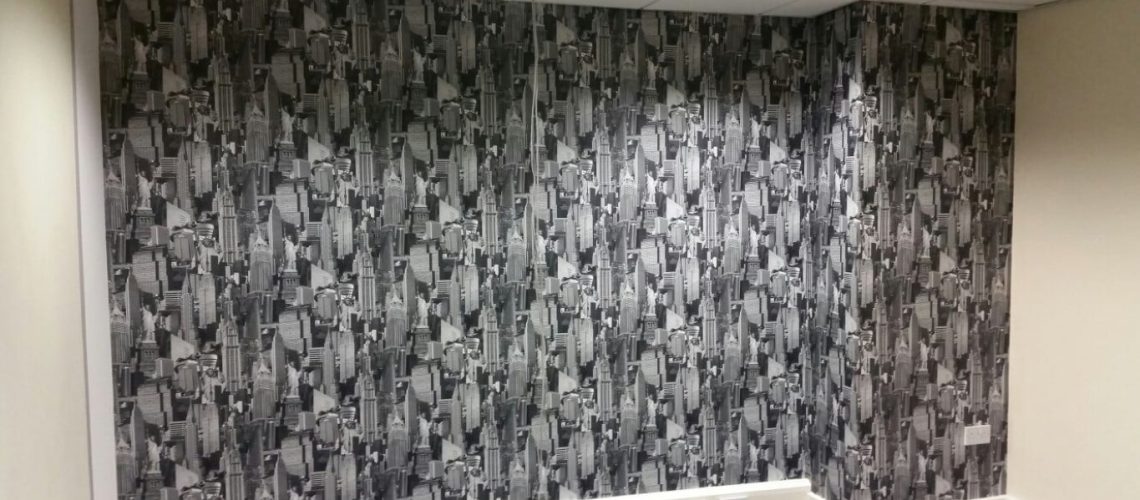The art of plastering is going to require a little more than having the right tools. Over time, you’ll discover how to apply all the tried and true practices that result in impressive surfaces. But whether you’re starting out or you’re a seasoned pro, learning will always be part of the process. In that regard, here are 15 handy tips for every plasterer.
- Before completing an entire wall, beginners should do a small area to see if they have a grasp of proper techniques.
- Apply a small amount of plaster anywhere on the surface. Leave it for a couple of minutes. If the plaster’s still wet, water does not need to be used. If the plaster has begun drying, you have a dry wall that needs PVA or soaking.
- Backing coat or plasterboard do not need a lot of preparation. But if there’s already plaster or it’s a painted surface, treat the area with a bonding agent.
- Clean throughout the operation. You don’t want plaster going off too quickly. Clean tools will help get a better and longer lasting finish.
- It’s advised beginners start with a smaller trowel, no larger than 11 inches. Large trowels may get the job done faster, but they can be harder to control.
- Try to work quickly. Drying plaster will be difficult to remove and can result in drags.
- For a good mix: go with a 1:1 ratio of water to plaster.
- As you begin to apply plaster, angle one edge of the trowel away from the surface.
- Always add plaster to the water, not water to the plaster. Create a heap on top of the water. Mix until it’s lump free and slowly add plaster for the correct consistency.
- Only mix plaster with a drill or wooden stick.
- To avoid plaster drying out too quickly, keep the room cool. Turn off radiators, crack the window, etc. Drying plaster is harder to apply and is more likely to crack.
- Don’t worry about a perfect surface during the first coating. Imperfections can be corrected during later stages.
- When working on ceilings, do not stand under the trowel. You’d be surprised how many plasterers get this stuff in their eye.
- Make sure you get an even thickness on the first two coats. Firm pressure ensures a flat surface and no bulges.
- Keep plaster pliable, wet enough to push into holes but not enough to create new holes.
This list is only the tip of the iceberg. You can take classes and watch the videos, but there will always be something to learn. But one thing you definitely want out the gate are all the right tools and Dublin Painting is the resource for all your needs. If you’re looking for affordable tools or you have any questions about plastering, feel free to give us a call (086 608 1817 or 085 139 0233) or send an email to consult with a specialist in the plastering field.
